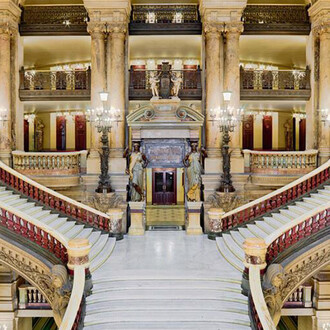Photographer Jose Ney traveled through many countries, including his native Cuba, investigating his connection to the land, the people, and the culture. A small collection of his work titled “Los Romanticos Angelos de la Tierra” was exhibited and then acquired by the Southeast Museum of Photography in 1995. While Jose Ney made a strong impression on the museum and the world of photography, the person most impacted by his work was his son, Ney.
Ney recalls the walls of his childhood home resembling an art gallery, covered by his father’s photographs.
And while many fondly recall the smell of their favorite dish being prepared in the family kitchen, Ney recalls the scent of film developer wafting through his house as his father worked in the darkroom. These experiences left an impression on Ney that he has carried through into his own adult life: Ney is now enrolled in photography classes at the Southeast Center for Photographic Studies at Daytona State College.
Encounters, on display in the Rachael Raab Gallery from August 27 through October 26 presents the work of Jose Ney, curated by his son, Ney. The exhibition offers an intimate portrait of a photographer, and a retelling of this man’s story through the eyes and words of his son.
In the series “Los Romanticos Angeles de la Tierra” my father, Jose Ney, created stories of mystery and satire. This series was the turning point in which my father started developing his personal vision and redirected his purpose as a photographer. His photographs contain different layers in which he combines the suggestive elements that exist in public spaces and his interest of human beings immersed in everyday life.
His unconscious connection with the environment in which he was photographing gradually created the opportunity to be present and comprehend the rhythm of spontaneity; which for him was the sound of the events that were taking place in the streets of Havana, Mexico and the US.
My father’s images become alive by producing intrigue and uncertainty, his use of composition is like the relationship between a poet and a metaphor. Leaving certain references out of the frame, he subtly painted with surrealism a glance of the world and its inhabitants. My father has always been fascinated by visual experiences as an anthropological value. He makes images that can evoke a dream-like or irrational interpretation without losing the notion of the supposed reality.
Since I was little, I’ve been surrounded by images on the wall like if it were a gallery, they were everywhere in the house. The smell of the developer brings me back to intimate memories about my father and the time he spent experimenting in the darkroom. At that time, I couldn’t appreciate photography the same way that I do now, but I believe his work spoke to me and caused a big impact in the way I think.
Seeing all of these photographs throughout the years has fed my mind with substantial visual content and changed the way I observe everything. After being mentored by him for so many years, I am now enrolled in a photography program and I have the opportunity to see my father’s work in the permanent collection of the Southeast Museum of Photography. With this exhibition, Encounters, I pay tribute to my father’s work and acknowledge the influence photography has had on me throughout my life.












